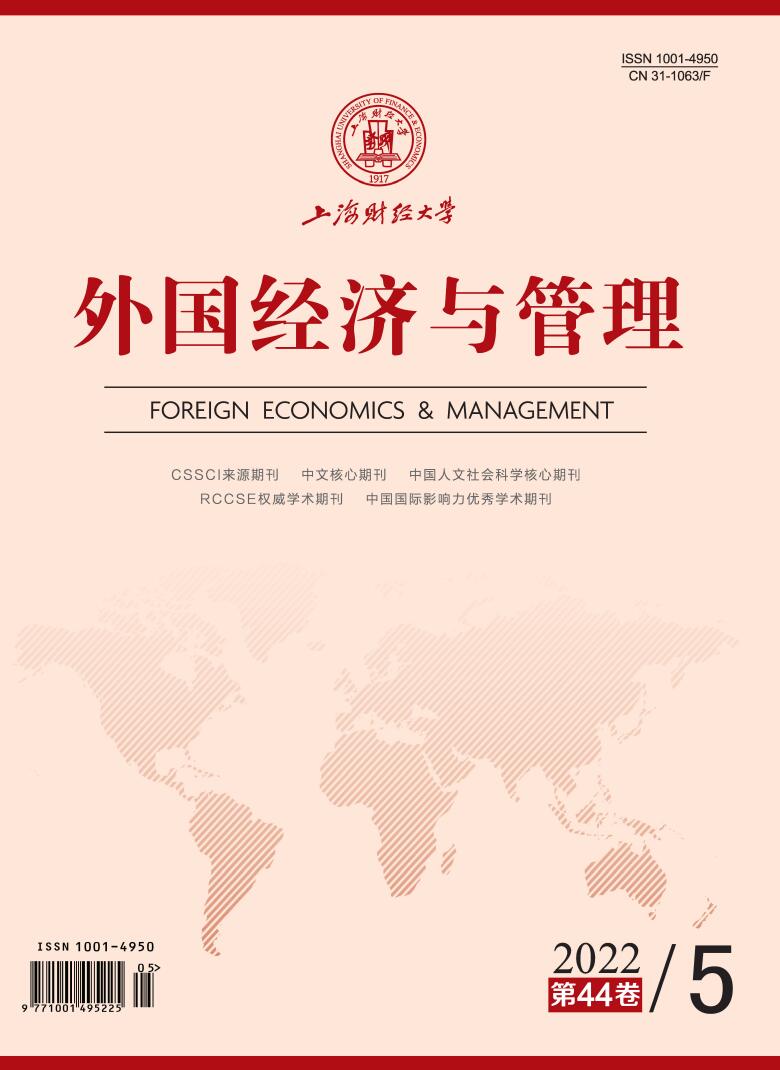Asset divestiture is a normalized strategy for corporate sustainable development. However, due to the principal-agent problem, there is a gap between the actual strategic effect and the optimal value of divestiture in promoting corporate sustainable development. Therefore, building a scientific and reasonable corporate governance mechanism would be a good way to optimize the effect of asset divestiture. As a crucial part of corporate governance, senior management plays an important role in the asset divestiture strategy. In particular, vertical interlock not only has the characteristic that individual cognition affects enterprise strategy, but also is a governance tool for shareholders to enhance corporate supervision and control, which has the characteristics of “supervision effect” and “excessive control” in the dual principal-agent problem. Therefore, how does the widespread phenomenon of vertical interlock affect the normalized asset divestiture strategy in the market? This paper tries to answer the question by exploring the relationship between vertical interlock and asset divestiture.
In view of this, this paper takes China’s Shanghai and Shenzhen A-share listed companies from 2005 to 2019 as the research object, collects relevant variable data from the CSMAR database, and empirically tests the differential impact and action path of vertical interlock on asset divestiture. The empirical results show that vertical interlock will enhance the possibility of related asset divestiture, and the transmission path of this promotion effect is to aggravate the tunneling behavior of major shareholders; vertical interlock will reduce the possibility of non-related asset divestiture, and the transmission path of this inhibition effect is to supervise and restrict the self-interest behavior of the management. Further, this paper discusses the moderating effect of horizontal interlock. The results show that with the improvement of horizontal interlock, the promotion effect of vertical interlock on related asset divestiture is weakened. This negative moderating effect may be due to the “reputation effect” of horizontal interlock.
This paper starts from the micro corporate governance mechanism of vertical interlock, and studies the influencing factors of enterprise asset divestiture strategy. Compared with previous studies, the main research contributions are as follows: (1) From the perspective of the differentiation of divestiture object selection, this paper investigates the differential impact of vertical interlock on asset divestiture, which helps to deeply understand the behavior mode selection of shareholders using vertical interlock executives to participate in governance, and provides experimental evidence for understanding and standardizing the behavior of shareholders stationed in executives. (2) By introducing the self-interest behavior of the management and the tunneling behavior of major shareholders, this paper identifies the path that vertical interlock affects asset divestiture, and opens the “black box” that vertical interlock affects asset divestiture to a certain extent. (3) In order to explore the specific situational factors affecting asset divestiture, horizontal interlock is introduced for further research. This paper discusses asset divestiture from the perspective of multi-network, which is helpful to better understand how the multi-network structure affects asset divestiture. In short, it discusses the relationship between vertical interlock and asset divestiture, which is conducive to an in-depth understanding of the “effective supervision” and “excessive control” of vertical interlock. The research conclusion has a certain reference value for the vigilance and supervision of the opportunistic behavior of major shareholders brought by vertical interlock, examining and making good use of the governance advantages of effective supervision, and guiding enterprises to scientifically and reasonably promote asset divestiture to achieve sustainable development.





 11587
11587  7850
7850

